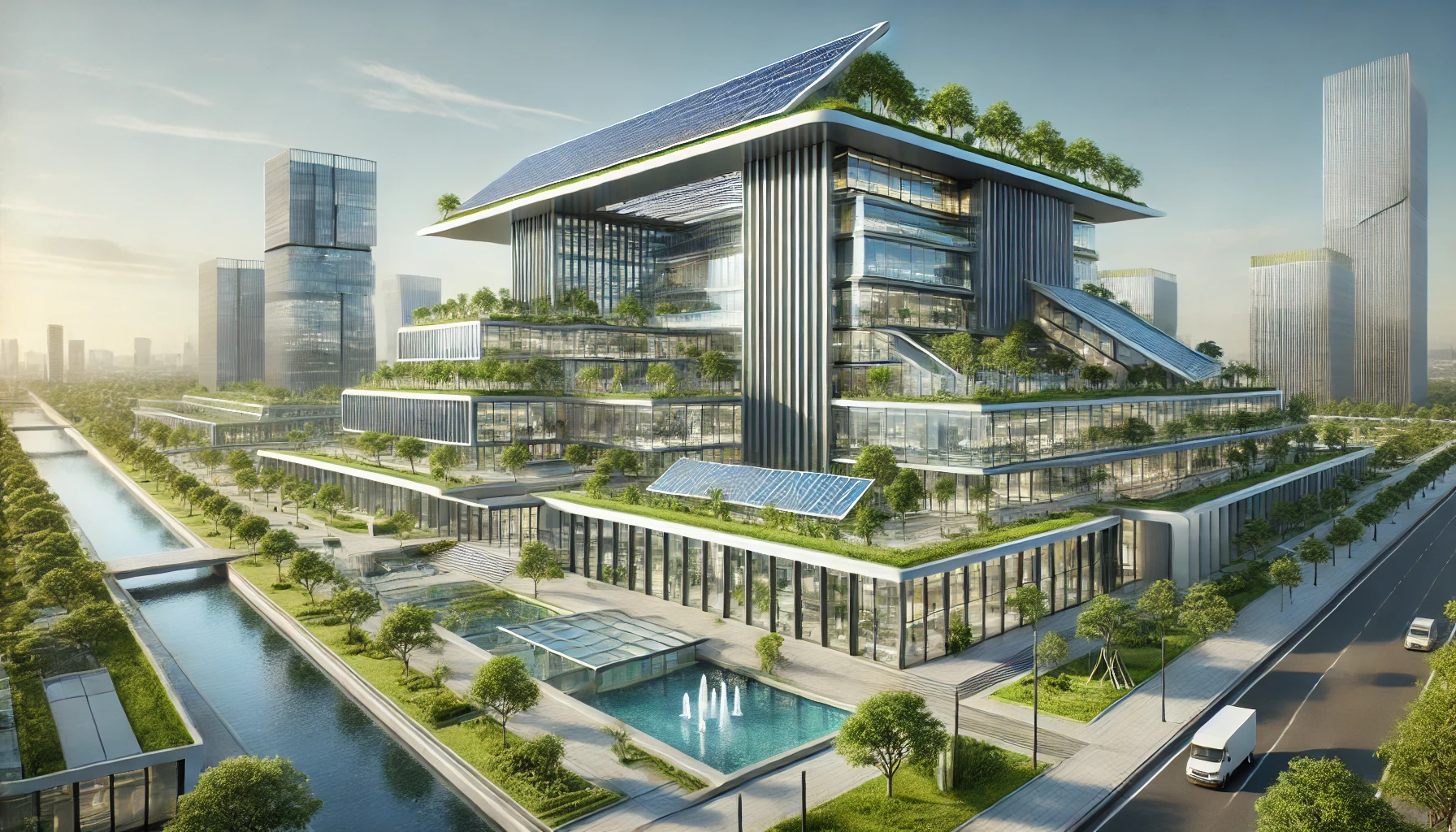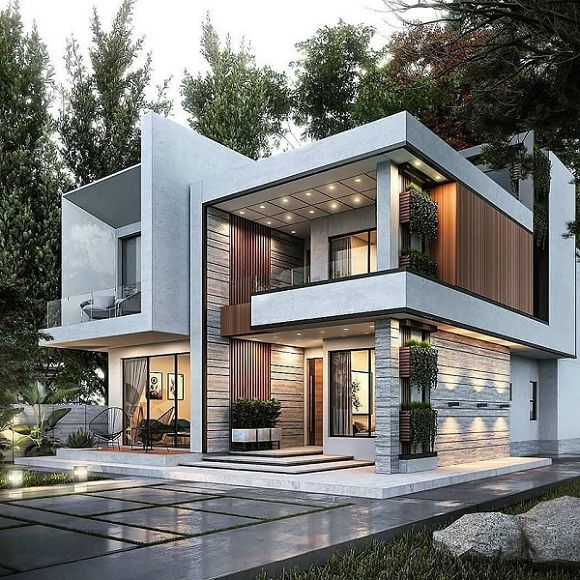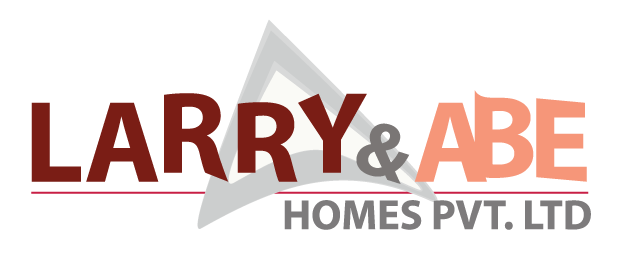Architecture Design
Shaping Spaces, Defining Experiences
Architecture design is more than just creating buildings; it's about crafting spaces that enhance our lives, reflect our values, and stand the test of time. It's a blend of art, science, and technology, aimed at creating functional, aesthetically pleasing, and sustainable environments. This blog post explores the key aspects of architecture design, from conceptualization to realization.

(Replace "placeholder-architecture-image.jpg" with an actual image URL)
1. Conceptualization and Programming: Defining the Vision
The initial phase of architecture design involves understanding the client's needs and translating them into a design concept:
- Client Consultation: Understanding the client's goals, preferences, and requirements.
- Site Analysis: Evaluating the site's topography, climate, and environmental factors.
- Programming: Defining the building's functions, spaces, and relationships between them.
- Conceptual Design: Developing initial design concepts and exploring various spatial arrangements.
- Feasibility Studies: Assessing the project's feasibility in terms of budget, regulations, and site constraints.
A strong conceptual foundation is essential for a successful architectural project.
2. Schematic Design: Developing the Form
In this phase, the conceptual design is refined and developed into a more detailed schematic design:
- Floor Plans: Developing detailed floor plans that illustrate the layout and spatial relationships.
- Elevations: Creating elevations that show the building's exterior appearance from different angles.
- 3D Modeling: Developing 3D models to visualize the building's form and spatial qualities.
- Material Selection: Exploring and selecting appropriate building materials.
- Preliminary Cost Estimates: Developing preliminary cost estimates based on the schematic design.
Schematic design bridges the gap between concept and detailed design.
3. Design Development: Refining the Details
The design development phase focuses on refining the schematic design and adding more detailed information:
- Structural Systems: Developing structural systems and integrating them into the design.
- Mechanical, Electrical, and Plumbing (MEP) Systems: Integrating MEP systems into the design.
- Building Envelope: Detailing the building envelope, including walls, roofs, and windows.
- Interior Design: Developing interior design concepts, including finishes, fixtures, and furniture.
- Specifications: Developing detailed specifications for materials and construction methods.
Design development ensures that all aspects of the building are coordinated and integrated.
4. Construction Documents: Preparing for Construction
This phase involves creating detailed construction documents that will be used by contractors to build the project:
- Construction Drawings: Preparing detailed construction drawings that illustrate all aspects of the building.
- Specifications: Finalizing detailed specifications for materials and construction methods.
- Bidding and Negotiation: Assisting the client in bidding and negotiating with contractors.
- Permitting: Obtaining necessary building permits and approvals from local authorities.
Construction documents provide a comprehensive guide for the construction process.
5. Construction Administration: Overseeing the Process
During construction, the architect plays a crucial role in overseeing the process and ensuring that the design is implemented correctly:
- Site Visits: Conducting regular site visits to monitor progress and quality.
- Reviewing Shop Drawings: Reviewing shop drawings submitted by contractors.
- Answering Contractor Questions: Providing clarifications and answering questions from contractors.
- Inspections: Conducting inspections to ensure compliance with design and building codes.
- Punch List: Creating and managing a punch list of deficiencies that need to be addressed.
Construction administration ensures that the project is completed according to the design and specifications.
Architecture design is a collaborative and iterative process that requires creativity, technical expertise, and attention to detail. By understanding the key phases of the design process, you can appreciate the complexity and artistry involved in creating meaningful and impactful spaces. If you have any questions or need assistance with your architectural project, feel free to contact us!
Innovative Architecture Design Solutions
Transforming visions into reality with creativity and precision.
Explore Our ServicesOur Recent Projects

Modern Villa Design

Corporate Tower

